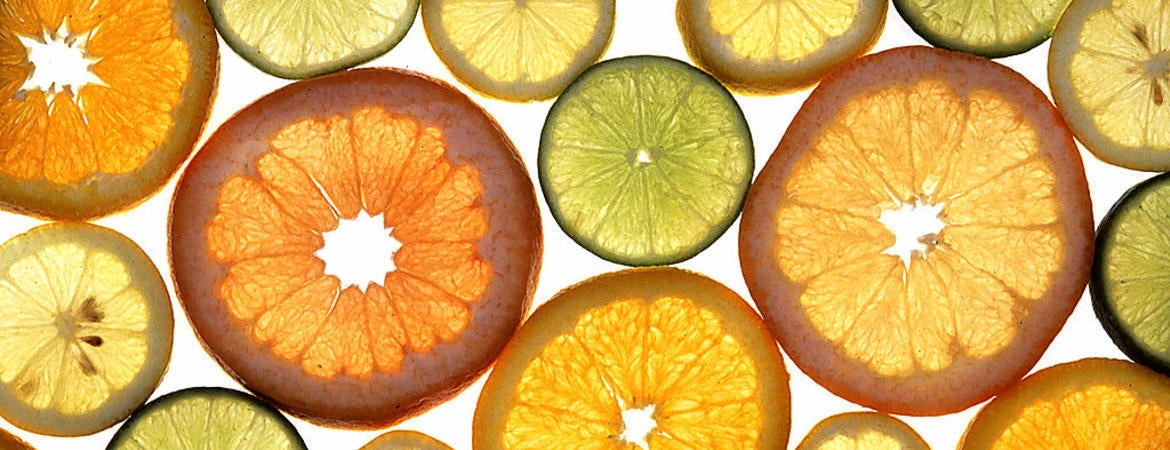
Scientists are closer to gaining the upper hand on a disease that has wiped out citrus orchards across the globe. New models of the bacterium linked to the disease reveal control methods that were previously unavailable.
In this case, researchers created the first models of the bacterium associated with Huanglongbing or HLB, also known as citrus greening disease. The team’s work is described in a new paper published in Nature’s npj Systems Biology and Applications.
This research project involved a collaboration between UC Riverside, UC San Diego, Texas A&M University, and the U.S. Department of Agriculture. In addition to James Borneman, members of the modeling team included UCR plant pathologist Georgios Vidalakis and UCSD systems biologist Karsten Zengler.
The research team made models for six different strains of the bacterium known as CLas and doing so enabled them to identify as many as 94 enzymes essential for the bacterium’s survival. These enzymes can now be considered targets for the creation of new antibacterial treatments.
In addition, the team identified metabolites required for the bacteria to grow.
Knowing the metabolites needed for CLas’ growth could enable scientists to cultivate it in a laboratory setting. It is not currently possible to grow CLas on its own, hindering scientists’ ability to study it and ultimately to manage it.
This UCR News article was written by Jules Bernstein and can be read in full here.